EDITORIAL
Rob Franek, Senior VP, Publisher
Casey Cornelius, VP Content Development
Mary Beth Garrick, Director of Production
Selena Coppock, Managing Editor
Meave Shelton, Senior Editor
Colleen Day, Editor
Sarah Litt, Editor
Aaron Riccio, Editor
Orion McBean, Editorial Assistant
RANDOM HOUSE PUBLISHING TEAM
Tom Russell, VP, Publisher
Alison Stoltzfus, Publishing Manager
Jake Eldred, Associate Managing Editor
Ellen Reed, Production Manager
The Princeton Review
555 W. 18th Street
New York, NY 10011
E-mail:
Copyright 2016 by TPR Education IP Holdings, LLC.
All rights reserved.
Published in the United States by Penguin Random House LLC, New York, and in Canada by Random House of Canada, a division of Penguin Random House Ltd., Toronto.
Terms of Service: The Princeton Review Online Companion Tools (Student Tools) for retail books are available for only the two most recent editions of that book. Student Tools may be activated only twice per eligible book purchased for two consecutive 12-month periods, for a total of 24 months of access. Activation of Student Tools more than twice per book is in direct violation of these Terms of Service and may result in discontinuation of access to Student Tools Services.
ISBN9781101921531
Ebook ISBN9781101921548
AP and SAT Subject Tests are registered and owned trademarks of the College Board, which is not affiliated with The Princeton Review.
The Princeton Review is not affiliated with Princeton University.
Editor: Meave Shelton
Production Artist: Deborah A. Silvestrini
Production Editors: Liz Rutzel and Kathy G. Carter
Template Design: Maurice Kessler
v4.1
a
Acknowledgments
Dedicated to my wife, Samantha.
I would like to acknowledge those who helped me with this project, as well as some of those responsible for getting me to where I am today. First, I would like to thank everyone at The Princeton Review who helped with this production, without whom I would have been hopelessly lost trying to put together a book of this magnitude. Next, I would like to acknowledge the two most important physicists and professors during my education, my PhD advisor James Webb and professor Rajamani Narayanan, who was one of the most influential people during my physics education. I would also like to acknowledge the close group of friends I found as a physics student, specifically Sean, Maria Paula, Christine, Austin, Omar, Pierre, Adrianna, Cathy, Luis, Ariel, Maca, Badui, and Maria Fernanda. I would not have survived the long and arduous process of earning my degrees in physics without them. Lastly, I would like to thank my family and all of my other friends, for their support and encouragement throughout this long process.
I couldnt have done this without you all.
Douglas H. Laurence
The Princeton Review would like to offer special thanks to the author, Doug Laurence, for his exceptional work and unwavering dedication, and to Chad Chasteen for his vision and guidance, Maurice Kessler for his careful attention to detail and design, Gabe Berlin for his illustration wizardry, and Deborah A. Silvestrini for her non-stop, can-do attitude and unmatched talent. Thanks also to Eliz Markowitz, Felicia Tam, Kathy G. Carter, and Liz Rutzel.
Contents
Register Your Book Online!
Go to PrincetonReview.com/cracking
Youll see a welcome page where you can register your book using the following ISBN: 9781101921548
After placing this free order, youll either be asked to log in or to answer a few simple questions in order to set up a new Princeton Review account.
Finally, click on the Student Tools tab located at the top of the screen. It may take an hour or two for your registration to go through, but after that, youre good to go.
If you are experiencing book problems (potential content errors), please contact with the following information:
your full name
e-mail address used to register the book
full book title and ISBN
your computer OS (Mac or PC) and Internet browser (Firefox, Safari, Chrome, etc.)
description of technical issue
Once youve registered, you can
Access extra-practice drills covering the topics in this book
Challenge yourself with Locksmith questions that demonstrate how key concepts will be presented on the SAT Subject Test in Physics and the AP Physics 1, 2, and C exams
Review extended, step-by-step solutions for the end-of-chapter drills
Print out Key Points review sheets for each chapter
Consult a glossary of terms used in this book to make sure youve got everything straight
Look For These Icons Throughout The Book
 Online Supplements
Online Supplements
 Online Practice
Online Practice
About This Book
WHY HIGH SCHOOL UNLOCKED?
It might not always seem that way, especially after a night of endless homework assignments, but high school can fly by. Classes are generally a little larger, subjects are more complex, and not every student has had the same background for each subject. Teachers dont always have the time to re-explain a topic, and worse, sometimes students dont realize that theres a subject they dont fully understand. This feeling of frustration is a bit like getting to your locker and realizing that youve forgotten a part of the combination to open it, only theres no math or science superintendent you can call to clip the lock open.
Thats why we at The Princeton Review, the leaders in test prep, have built the High School Unlocked series. We cant guarantee that you wont forget something along the waynobody canbut we can set the tools for unlocking problems at your fingertips. Thats because this book not only covers all the basics of physics but also focuses on alternative approaches and emphasizes how all of these techniques connect with one another.
How to Use This Book
The speed at which you go through this material depends on your personal needs. If youre using this book to supplement your daily high-school classes, we recommend that you stay at the pace of your class, and make a point out of solving problems in both this book and your homework in as many ways as you can. This is the most direct way to identify effective (and practical) tools.
If, on the other hand, youre using this book to review topics, then you should begin by carefully reviewing the Goals listed at the start of each chapter, and taking note of anything that seems unfamiliar or difficult. Try answering some of the example problems on your own, as you might just be a little rusty. Solving physics problems can be like riding a bike, in that it comes back quicklybut thats true only if you learned it well in the first place. Take as much time as you need, then, to connect with this material. As a real test of your understanding, try teaching one of these troublesome topics to someone else.







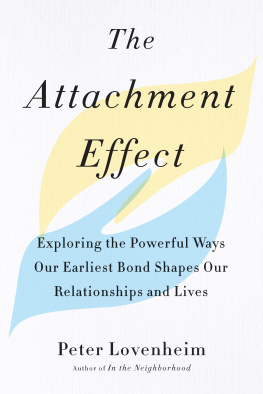
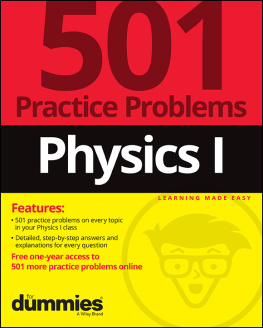
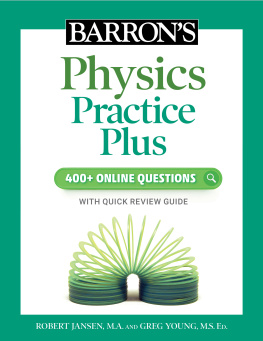
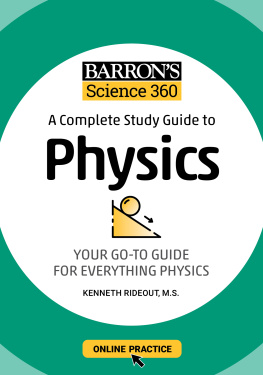
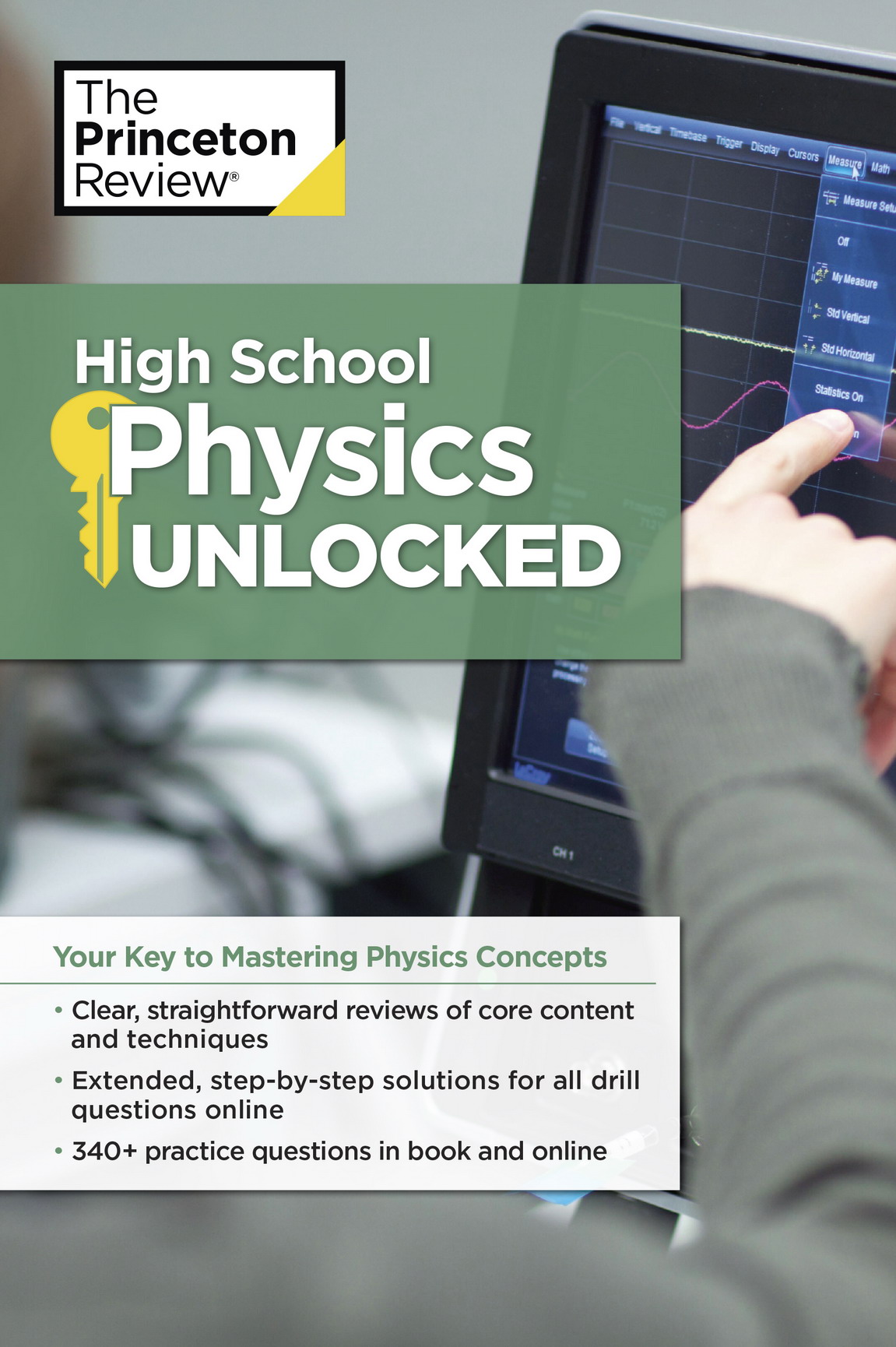
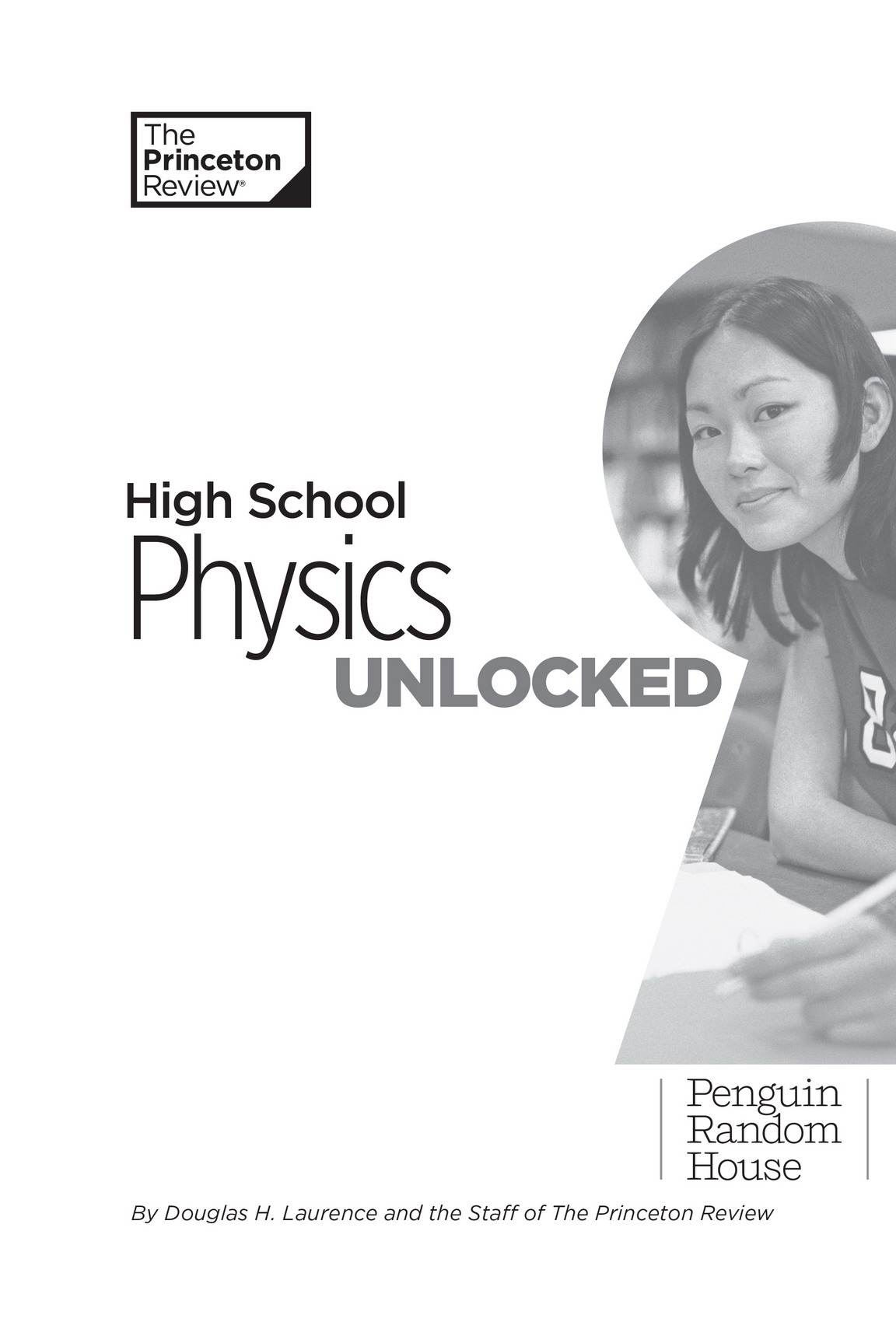
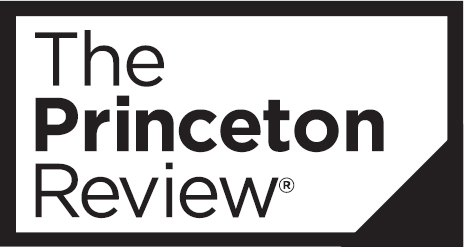
 Online Supplements
Online Supplements Online Practice
Online Practice